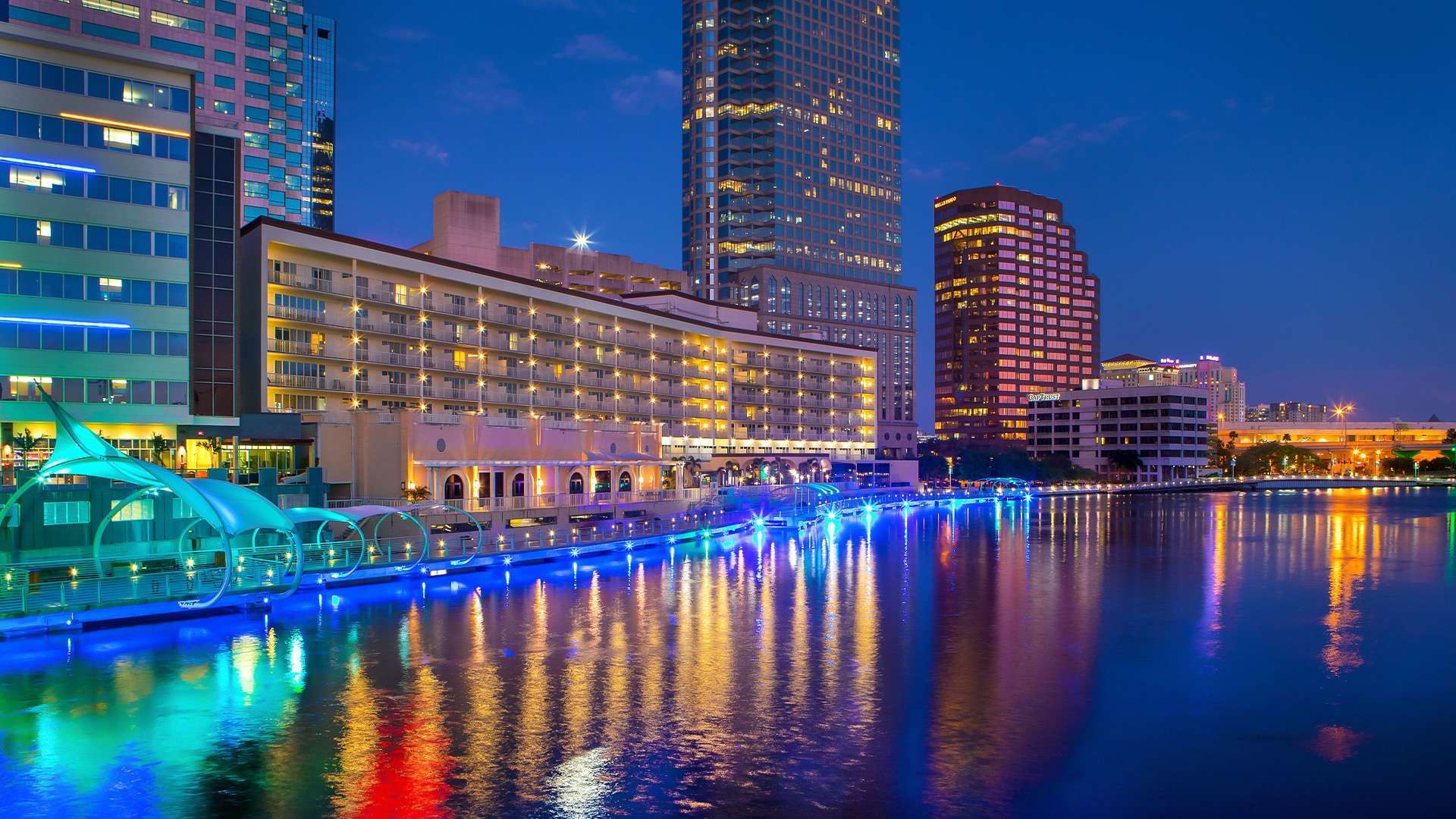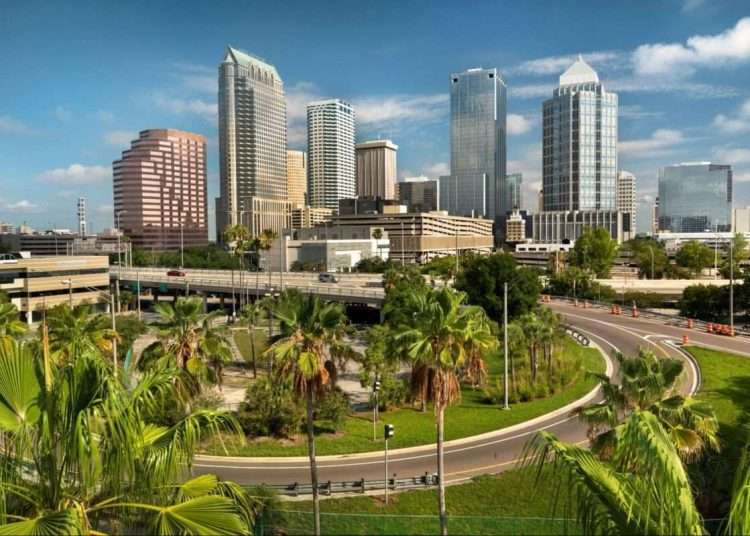Almost 70% of the Cubans living in the United States are located in the state of Florida; but its territorial distribution in this is not homogeneous. According to the latest Census (2020), most of them live in Miami-Dade County, where Cubans and their descendants make up 34.3% of the Hispanic or Latino population.
It is followed, in this order, by the counties of Monroe (20.6% Hispanic population, 11.3% Cuban), Hillsborough (24.9% Hispanic population, 5.3% Cuban), Broward (25.1% Hispanic population, 4.8% Cuban), Palm Beach (19% Hispanic population, 3.3% Cuban), and Okeechobee (28.9% Hispanic population, 1.3% Cuban).
Hillsborough, in Tampa, is home to a population of compatriots; but not like Miami-Dade, but of central Florida, in which Puerto Ricans and Mexicans (and their descendants) are often the predominant nationalities.
It is an area of 3,279 km2 characterized, among other features, by its demographic growth: in 2010 its population was 1,229,226 inhabitants, but since then it has experienced a growth of 24.38%. Today it has a population of 1,528,924 people, with a growth rate of 1.53%, according to data from the same Census.
Hillsborough is, the statistics tell us, the fourth largest county in the state of Florida, second only to Miami-Dade, Broward and Palm Beach. Because of its cosmopolitanism and liberalism, some call it the New York of central Florida.
In the same county, but in 1886, Cubans were the founding force and the majority population of Ybor City due to the establishment first and the rise later of the tobacco industry, that is, their role in what demographers and sociologists have called boom town, a hegemony that would be displaced over time by other Hispanics/Latinos in the face of the decline of manufacturing —although, in fact, Cuban emigration to Tampa never ceased to exist.
“In the final years of the 19th century,” writes Lisandro Pérez, “Ybor City became the first Cuban community in the United States. The 1900 Census found that 3,553 Cuban-born people resided in Hillsborough County, where Tampa is located. It was the largest concentration of people born in Cuba, surpassing New York.”
Today Hillsborough’s Hispanic/Latino population is 30.5%, the Census reports. Here Puerto Ricans constitute the majority (7.4%), followed by Cubans and Mexicans, with 5.3% respectively.
An interesting fact is that the county is home to a good number of Spaniards (7% of the population), a result of having participated in that 19th-century boom together with Cubans, Italians and Americans.
But the distribution of Cubans within the county is not homogeneous either. Many reside in West Tampa, an area established in 1892 by Scottish immigrant Hugh Macfarlane to compete with Ybor in producing cigars. The activity was the determining factor so that, ultimately, the Tampa Bay area was the largest in terms of housing the Cuban population, the same one that called West Tampa “El Cerro” at the beginning of the 20th century, and also the same that “Cubannized” several streets with place names such as Habana (with “b,” not with “v”) or El Prado Boulevard, among others, or even gave them surnames in Spanish (Gómez).
Symbolically, these coexist and often merge with other streets such as McDill, Armenia, Abdella or Ivy, thus recalling the role that the immigrant community played and still plays in the local culture.
According to the Census, in West Tampa 51.6% of the population is of Hispanic/Latino origin; but there is an easily palpable presence of Cubans there in the space between Columbus Avenue, from Habana to Dale Mabry, where there is a scandalous yellow Sedano, the Colón-Martí Cemetery, the religious goods stores called botánicas located next to evangelical establishments, the La Teresita Restaurant and other places of confessed ethnicity in which parishioners devote themselves to selling merchandise from the island — cigars and Popular and Huppman cigarettes, medicines… — as well as holding demonstrations against the government at the intersection of Columbus and Dale Mabry avenues.
The data from that last Census, however, do not reveal new trends. One of them is the place that Tampa has been occupying as an area to move to, a wave that has been spreading since the pandemic.
According to Redfin, one of the most managed and popular real estate websites in the United States, during the first months of 2023 some 9,000 people moved to the Bay area from different states of the Union. This has inevitably had an impact, among other things, on the increase in housing prices — which are still cheaper than in other places, even within the same state.

Cubans in Miami-Dade have not turned their backs on the trend, in which recent arrivals to the United States through the southern border participate above all. “The I-75 corridor, from Naples to Tampa, is the ideal location economically,” a report states. “The main areas that Miamians look at are Port Lucie, Naples, Fort Myers, Brandon and Sarasota,” reports another.
Conversations with numerous Cuban residents of the Tampa Bay area, especially Hillsborough County, reveal realities such as the following:
- Increases in the rental prices of the efficiencies (from 1,000 to 1,200 dollars per month).
- Increased vehicle traffic congestion, not only during rush hour.
- Increase in Cuban food businesses, from food trucks to small family restaurants.
- Increase in the number of motorcycle drivers circulating through the county’s main arteries.
- Unusual presence of Cubans in stores, especially in dollar stores, filming the shelves and speaking out loud with their relatives on the island.
- Expressions of Santeria are deposited in streets, parks, lakes and other public places.
At the moment there are not many figures available, but one of these new residents responds to the name of Yosvanis Arisimin Sierra Hernández, better known as Chocolate MC, “el rey del reparto,” as he calls himself.










